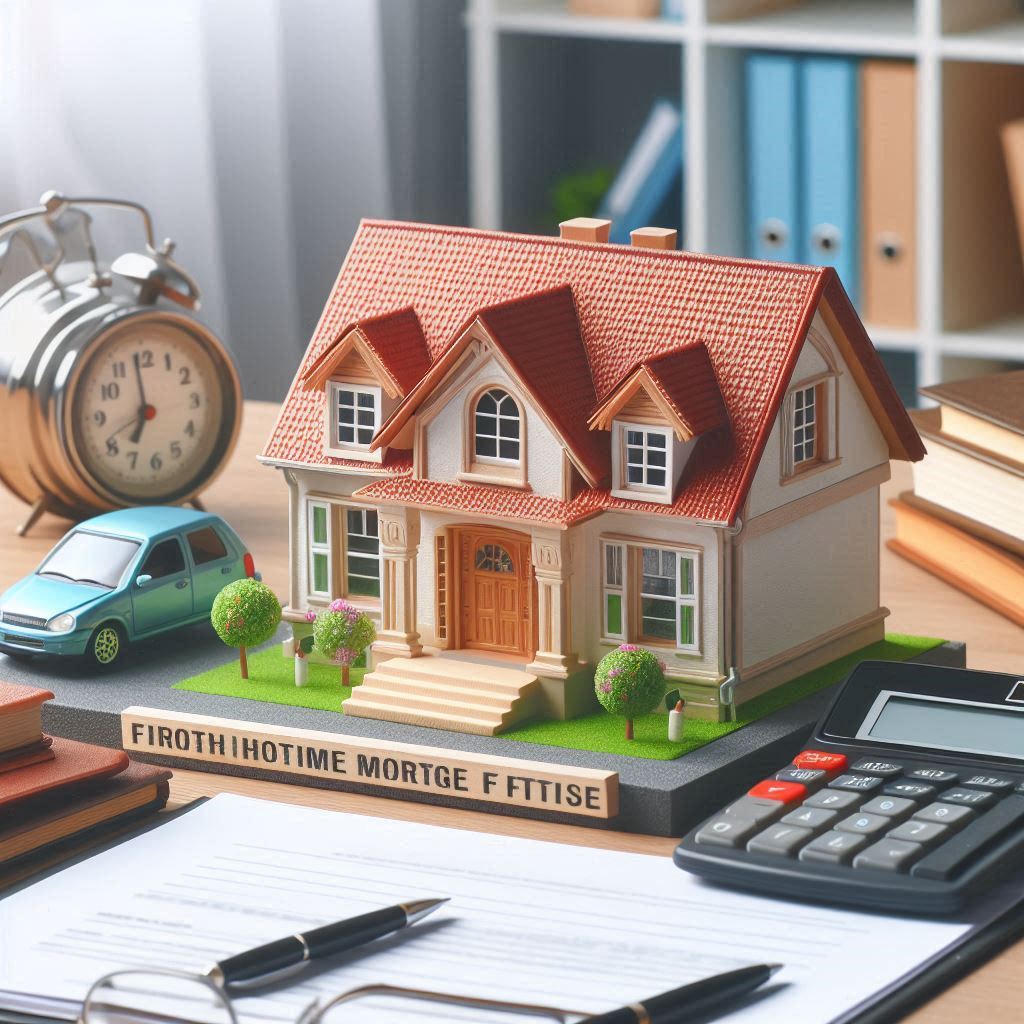Deciding between a fixed-rate mortgage (FRM) and an adjustable-rate mortgage (ARM) depends on your financial situation, risk tolerance, and long-term plans. Here’s a comparison of the two to help you determine which might be best for you:
Fixed-Rate Mortgage (FRM):
- Stability: With an FRM, your interest rate remains constant for the entire duration of the loan, typically 15, 20, or 30 years. This provides predictability and stability in your monthly mortgage payments, making budgeting easier.
- Protection Against Rising Rates: Since your interest rate is fixed, you’re protected from fluctuations in the market. Even if interest rates rise in the future, your mortgage rate and payments remain unchanged.
- Higher Initial Rates: FRMs often have slightly higher initial interest rates compared to ARMs, which can make them more expensive initially.
- Long-Term Planning: FRMs are ideal for borrowers who plan to stay in their homes for the long term or who prefer the peace of mind of knowing their mortgage payments won’t change.
Adjustable-Rate Mortgage (ARM):
- Lower Initial Rates: ARMs typically offer lower initial interest rates compared to FRMs, which can result in lower initial monthly payments and potentially lower overall interest costs during the initial fixed-rate period.
- Rate Adjustments: After the initial fixed-rate period (usually 3, 5, 7, or 10 years), the interest rate on an ARM adjusts periodically based on market conditions. This means your monthly payments could increase or decrease depending on how interest rates change.
- Risk of Payment Shock: One of the main drawbacks of ARMs is the potential for payment shock. If interest rates rise significantly after the initial fixed-rate period, your monthly payments could increase substantially, making budgeting more challenging.
- Shorter-Term Plans: ARMs may be suitable for borrowers who plan to sell or refinance their homes before the initial fixed-rate period ends. They can take advantage of the lower initial rates without worrying about future rate adjustments.
Which Is Best for You?
- Choose an FRM if you prefer stability and predictability in your monthly mortgage payments, plan to stay in your home for the long term, or are concerned about rising interest rates.
- Consider an ARM if you’re comfortable with some level of risk, plan to sell or refinance your home before the initial fixed-rate period ends, or want to take advantage of lower initial interest rates.
Ultimately, the best choice depends on your individual financial goals, risk tolerance, and how long you plan to stay in your home. It’s essential to carefully evaluate your options and consult with a mortgage professional to determine which type of mortgage aligns best with your needs.



Leave a Reply